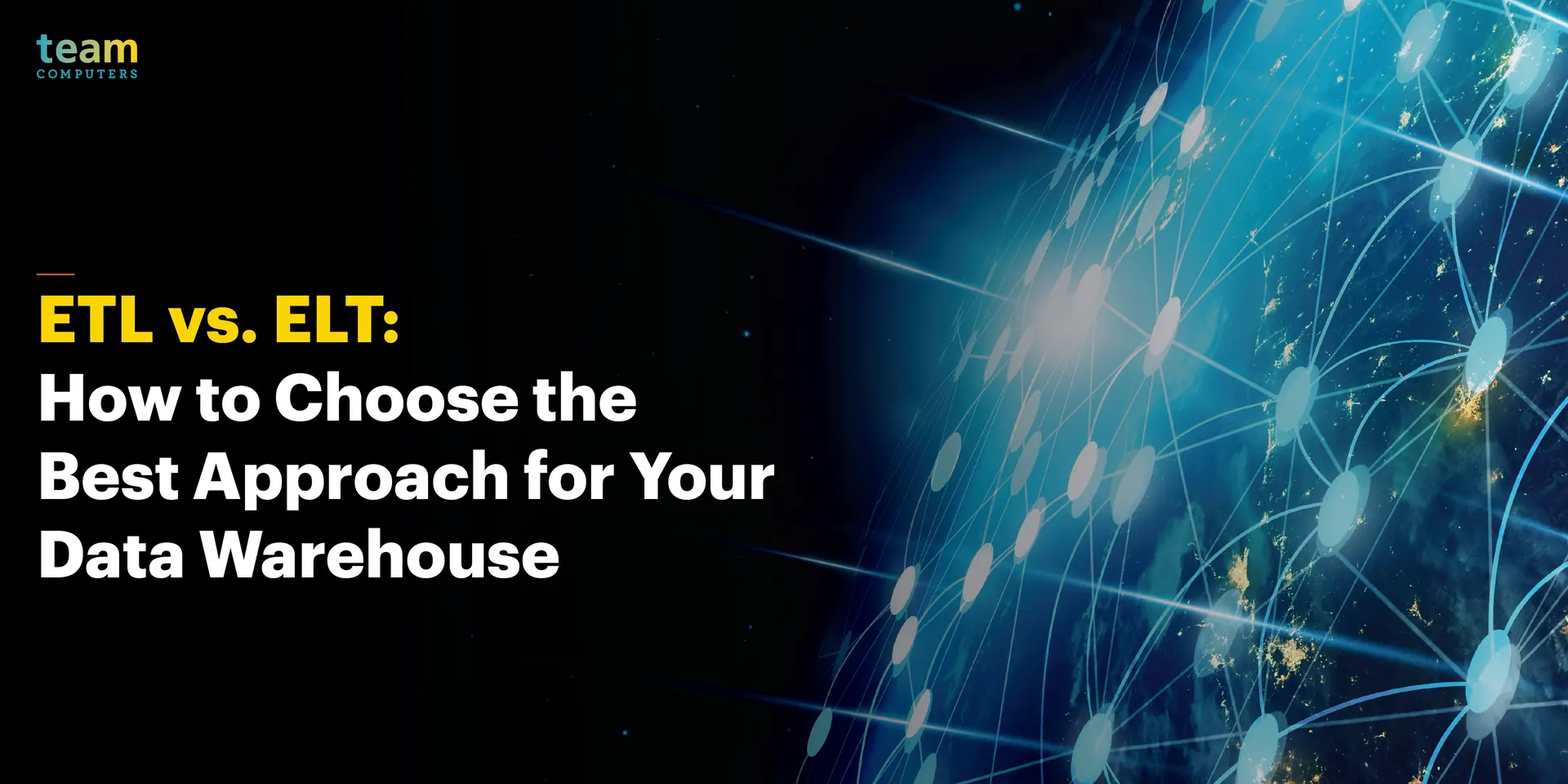
In the increase in the modern digital world, the need for data has increased exponentially. Organizations these days are engaged in collecting, organizing, and processing millions of raw data inputs and transforming them into valuable pieces of information while minimizing the chances of data breaches. Adequate data processes boost an organization’s profit upto 8-10%. The sudden explosion of the data has put a greater strain on the data warehouse architecture. Every day, organizations engage in different types of large-volume data, such as sensors, social media, customer behavior, and big data, making the process even more difficult.
If your organization holds a data warehouse, the chances are high that you might be using the extract, load, transform (ELT) or extract, transform, load (ETL) data integration method. Experts believe that ELT and ETL are two of the most significant and popular ways to collect, store, and interpret data from several sources. These are further stored in the data warehouse, which employees later access.
As compared to ELT, ETL has been here for a longer time. It is a traditional method of analytics and data warehousing. However, with the introduction of the latest technologies, ELT has evolved into a bigger and more advanced name.
What do you think is the difference between ELT and ETL? Do “T” and “L” make such a huge difference? Get to know all of this here!
In simple terms, ETL is a traditional data integration approach. It refers to extracting, transforming, and loading the work as an intermediary process. ETL is responsible for transferring data from one data source to the target ed destination.
As compared to ETL, ELT is a newer and more advanced version. The initial stages of both ETL and ELT work similarly. However, once the data comes in the pipeline, it can be loaded into a data warehouse. Unlike the traditional system, there is no need to process or transform data before stepping onto the loading stage.
In ETL, the data is extracted or generated from many sources, including CRM or ERP systems. It is transformed through several calculations, and then updated in the data warehouse, also called the target database. ETL tools work exceptionally well with intricate or complex data.
In the case of ELT, analysts extract the data in the initial stage. Next, the data is fully loaded into the target database, which is later transformed within the targeted database. As a result, the difference between ETL and ELT is not only about the order of their actions; other factors also greatly determine their actions.
Here are the primary differences between ETL and ELT:
Both ELT and ETL are advanced approaches; however, when compared to ELT, ETL is a bit outdated and can be easily replaced by evolving cloud technologies. If you’re looking for a top warehouse partner in India, choose us!